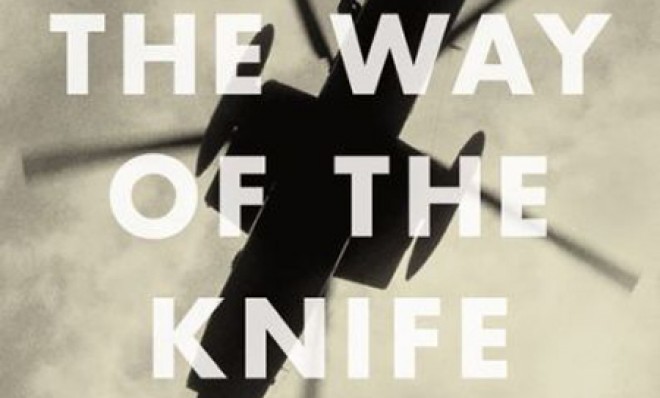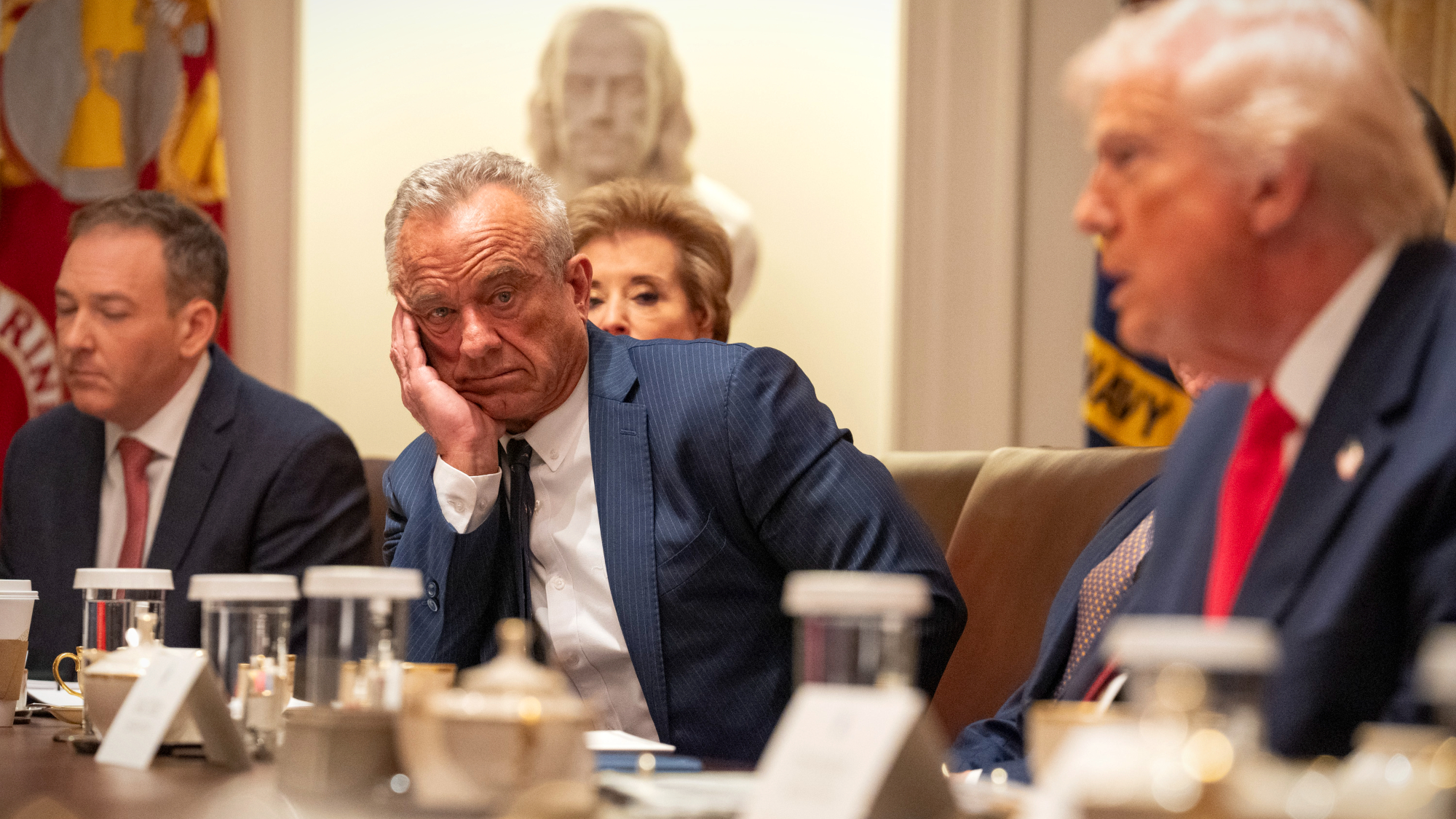Top revelations from The Way of the Knife
A New York Times reporter's excellent new history of the drone wars


Mark Mazzetti, who covers intelligence and national security for the New York Times, spent 15 months working on The Way Of The Knife: The CIA, A Secret Army, and a War At the Ends Of The Earth. The main focus is the evolution of the CIA's targeted killing program, which Mazzetti locates in a secret 2004 agreement between the U.S. and Pakistan. It is, for the moment, the definitive history of how the intelligence agency became something much more like a paramilitary wing — de-evolving, in a sense, back to the days when the agency's adventurism influenced foreign policy around the world.
Mazzetti is a friend, and I am bound to recommend his book. But he deserves it. Here are some of the revelations I found the most interesting. (Buy the book!)
1. Right after 9/11, the CIA's Directorate of Operations recruited CIA officers for a "project to insert small teams of assassins into other countries to hunt down and kill people that the Bush administration had marked for death." Countries where these teams would operate included Germany (!) and Pakistan. Dick Cheney pushed for the program; it was ultimately killed before it could get off the ground, but the CIA retained the capacity in reserve; President Obama nixed it altogether.
The Week
Escape your echo chamber. Get the facts behind the news, plus analysis from multiple perspectives.

Sign up for The Week's Free Newsletters
From our morning news briefing to a weekly Good News Newsletter, get the best of The Week delivered directly to your inbox.
From our morning news briefing to a weekly Good News Newsletter, get the best of The Week delivered directly to your inbox.
2. The U.S. initially gave Pakistan time to pressure the Taliban into surrendering Osama bin Laden; the CIA's counter-terrorism chief was worried that backing the Northern Alliance would lead to a bloody stalemate; the CIA's Afghan war chief, Hank Crumpton, thought that this perspective reflected higher headquarters naivety about the real intentions of the Pakistani intelligence service. The battle over the loyalties and intentions of the Inter-Service Intelligence service became the proxy for how differently the military and the CIA viewed al Qaeda counter-terrorist threat.
3. Colin Powell wrote a memo for President Bush a few weeks after 9/11 insisting that Pakistan had completely abandoned the Taliban. He was, of course, completely incorrect. Bewilderingly, totally, crushingly incorrect.
4. Believing the CIA to be too cautious, the Pentagon tried to hide its "military liaison elements" — special operations forces detachments — from the CIA station chiefs and ambassadors in the countries they were intended for. Memos asked defense attaches to keep these deployments hidden from their bosses. But most ignored them; en masse, ambassadors protested to the Secretary of State almost immediately.
5. The first armed Predator UAV was field tested in China Lake, California in January of 2001 — the program was inaugurated under the Clinton administration, which used the Air Force's Big Safari Program Office to figure out how to fit firepower onto unmanned vehicles. Three days after Bush was inaugurated, a Hellfire missile hit its target tank; the UAV was not damaged.
A free daily email with the biggest news stories of the day – and the best features from TheWeek.com
6. What catalyzed the CIA's determination to expand their unmanned targeting operations was the May 2004 internal report by the CIA's inspector general, which presented a devastating critique of the agency's torture and rendition operations. The first secret prison to open was in Thailand; it was code-named "Cat's Eye."
7. In June of 2003, the CIA killed the administration's plan to send out a pro forma press release expressing solidarity with torture victims worldwide. The U.S. could not legally say that it was "committed to the worldwide elimination of torture."
8. Task Force Orange, the Joint Special Operations Command special intelligence service, played a pivotal role in American efforts in Yemen, Somalia and Africa, often to the consternation of the CIA and just as often to little effect.
9. The December 2009 strike that killed a 16-year-old American citizen in Yemen was organized by JSOC, not the CIA.
The heart of the book concerns the story of Michael Furlong, a Pentagon contractor who set up a private intelligence network that seemed to be only partly visible to both the military and the CIA. It's a fascinating expose of what information the U.S. was not collecting — and how an attempt to fill the gap fell through oversight mechanisms and complicated geopolitics in Pakistan.
Marc Ambinder is TheWeek.com's editor-at-large. He is the author, with D.B. Grady, of The Command and Deep State: Inside the Government Secrecy Industry. Marc is also a contributing editor for The Atlantic and GQ. Formerly, he served as White House correspondent for National Journal, chief political consultant for CBS News, and politics editor at The Atlantic. Marc is a 2001 graduate of Harvard. He is married to Michael Park, a corporate strategy consultant, and lives in Los Angeles.
-
 Education: More Americans say college isn’t worth it
Education: More Americans say college isn’t worth itfeature College is costly and job prospects are vanishing
-
 One great cookbook: ‘More Than Cake’
One great cookbook: ‘More Than Cake’the week recommends The power of pastry brought to inspired life
-
 Democrat files to impeach RFK Jr.
Democrat files to impeach RFK Jr.Speed Read Rep. Haley Stevens filed articles of impeachment against Health and Human Services Secretary Robert F. Kennedy Jr.
